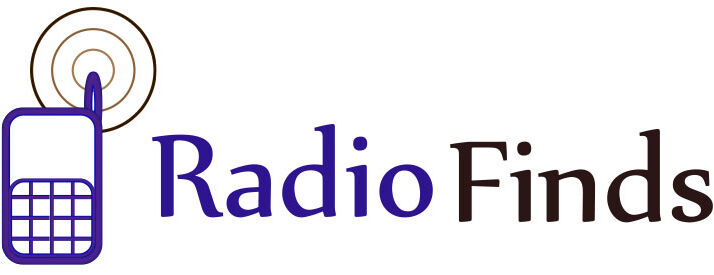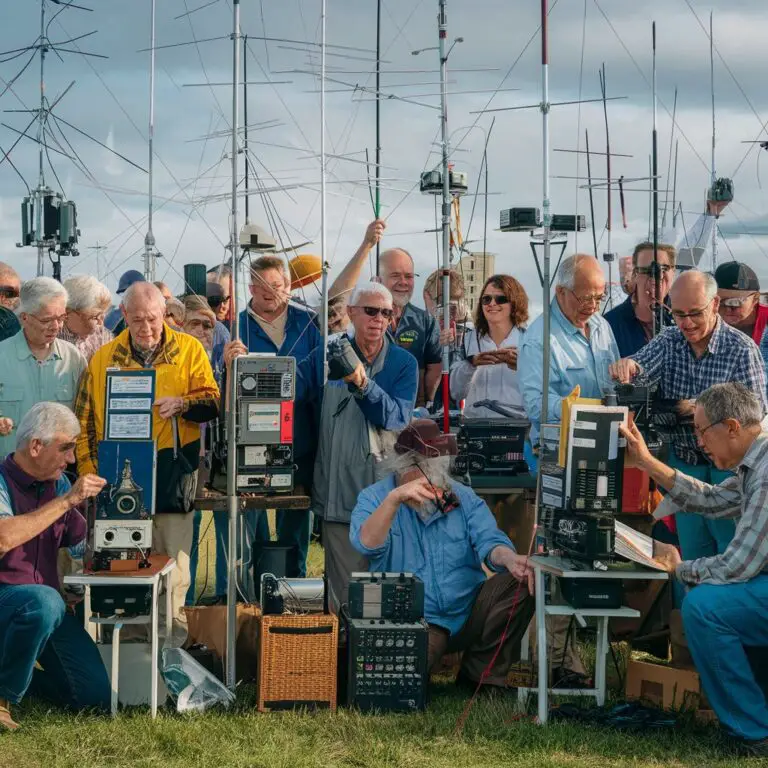Ham Q Codes: A Comprehensive Guide
What are Ham Q Codes?
Ham Q codes, also known as Q signals, are a set of three-letter codes that begin with the letter “Q.” These codes are used by amateur radio operators (hams) to communicate efficiently and effectively over the air. Each Q code represents a specific phrase or question, allowing hams to convey information quickly without the need for lengthy explanations.
The use of Q codes dates back to the early days of radio communication when Morse code was the primary means of transmission. The codes were developed to save time and reduce the chances of misunderstanding between operators.
The Importance of Ham Q Codes
Ham Q codes play a crucial role in amateur radio communication for several reasons:
- Efficiency: Q codes allow hams to convey information quickly and concisely, saving time and reducing the chances of misunderstanding.
- Universality: Q codes are recognized and used by hams worldwide, regardless of their native language, making communication possible between operators from different countries.
- Clarity: By using standardized codes, hams can ensure that their messages are clear and easily understood by other operators.
Common Ham Q Codes
There are over 100 ham Q codes in use, covering a wide range of topics and situations. Here are some of the most common codes:
| Q Code | Meaning |
|---|---|
| QTH | What is your location? |
| QRZ | Who is calling me? |
| QSL | Can you acknowledge receipt? |
| QRM | Is my transmission being interfered with? |
| QSY | Shall I change frequency? |
| QRO | Shall I increase transmitter power? |
| QRP | Shall I decrease transmitter power? |
| QRT | Shall I stop sending? |
| QRV | Are you ready? |
| QSO | Can you communicate with … directly? |
These are just a few examples of the many Q codes used by hams. It’s essential for amateur radio operators to familiarize themselves with these codes to ensure smooth and efficient communication.
Using Ham Q Codes in Practice

- Always use the correct code for the situation at hand.
- Be clear and concise in your communication.
- Listen carefully to the other operator’s response and react accordingly.
- If unsure about a code’s meaning, ask for clarification.
Here’s an example of how a typical exchange using Q codes might look:
Operator 1: QRZ? (Who is calling me?)
Operator 2: W1ABC (I am calling you, my call sign is W1ABC)
Operator 1: QTH? (What is your location?)
Operator 2: Boston, MA (My location is Boston, Massachusetts)
Operator 1: QSL (I acknowledge receipt)
As you can see, the use of Q codes allows for a quick and efficient exchange of information between the two operators.
The Future of Ham Q Codes
Despite the advent of newer communication technologies, ham Q codes remain an essential tool for amateur radio operators. As the hobby continues to evolve, it’s likely that Q codes will adapt to meet the changing needs of the ham community.
In recent years, there has been a growing interest in incorporating AI and natural language processing (NLP) techniques into amateur radio communication. These technologies have the potential to further streamline the use of Q codes and improve the overall efficiency of on-air exchanges.
For example, AI-powered systems could be developed to automatically translate Q codes into plain language, making it easier for new hams to understand and participate in conversations. Additionally, NLP algorithms could be used to analyze the content of ham radio transmissions, providing valuable insights into the topics and trends that are most relevant to the community.
Conclusion
Ham Q codes are a vital aspect of amateur radio communication, providing a standardized and efficient means of exchanging information over the air. By understanding and utilizing these codes, hams can ensure clear and effective communication with their fellow operators, regardless of their location or native language.
As the world of amateur radio continues to evolve, it’s likely that Q codes will remain a fundamental part of the hobby, adapting and growing alongside new technologies like AI and NLP. For those interested in becoming involved in amateur radio, learning and mastering ham Q codes is an essential step in becoming a proficient and respected operator.






